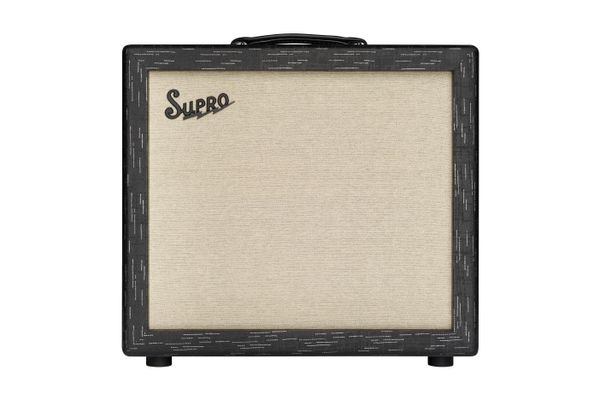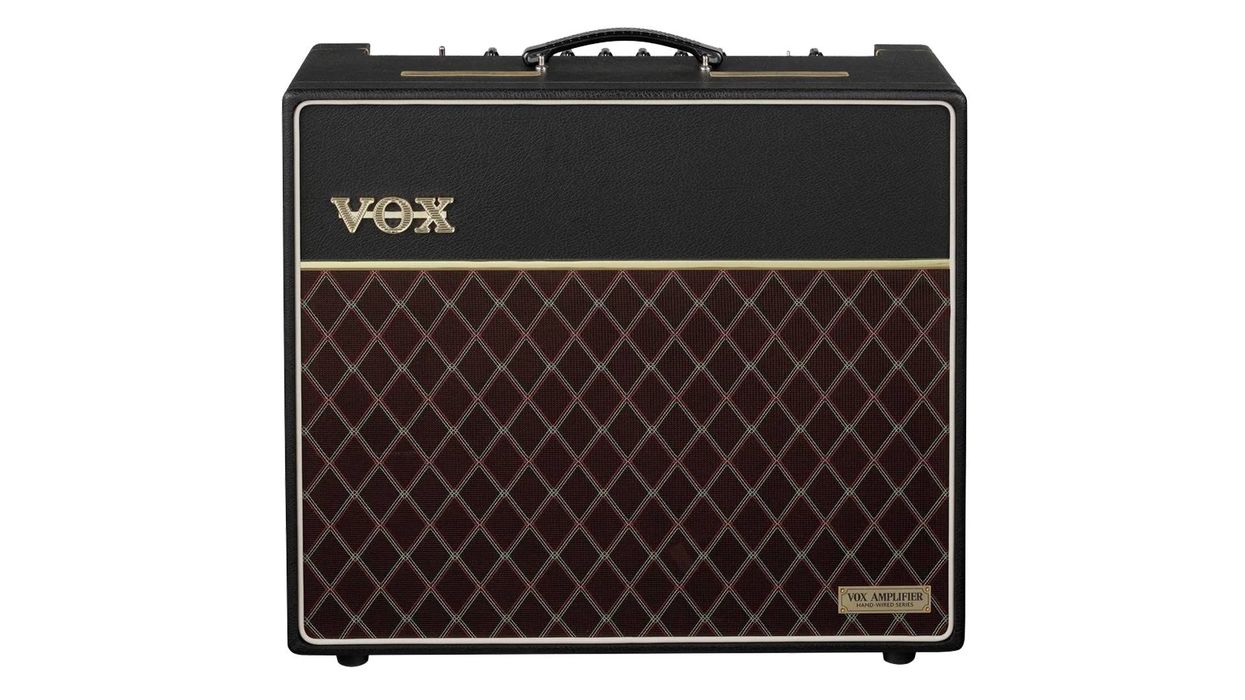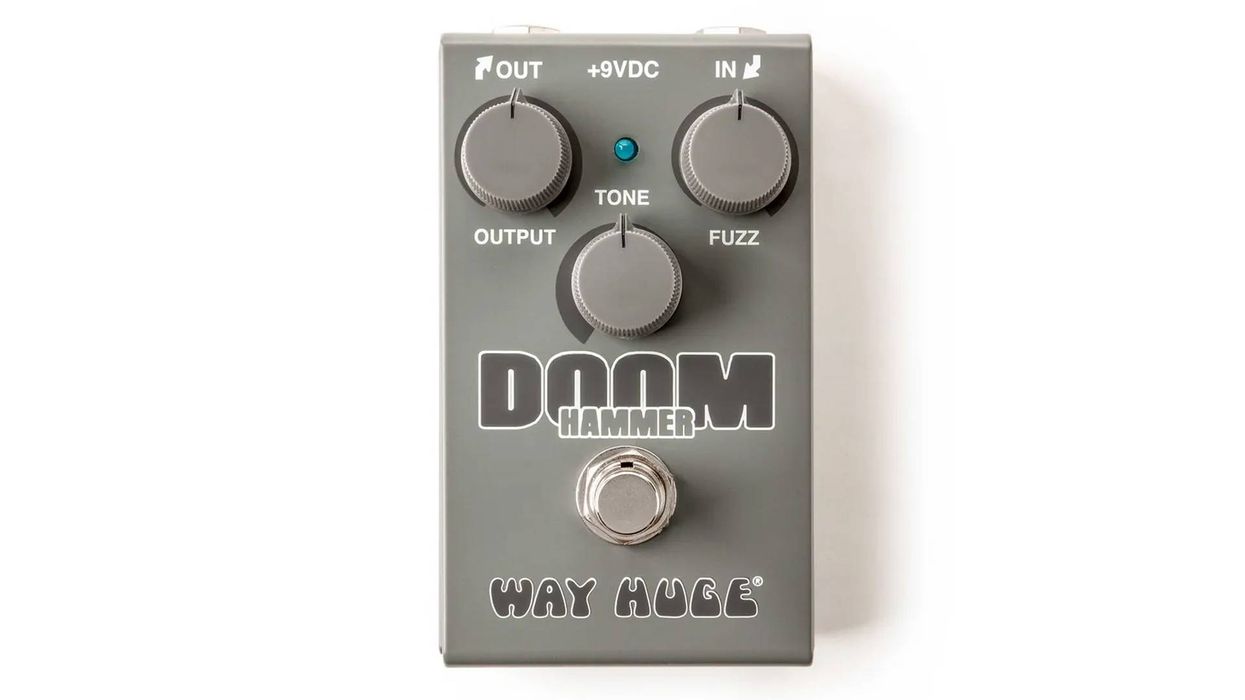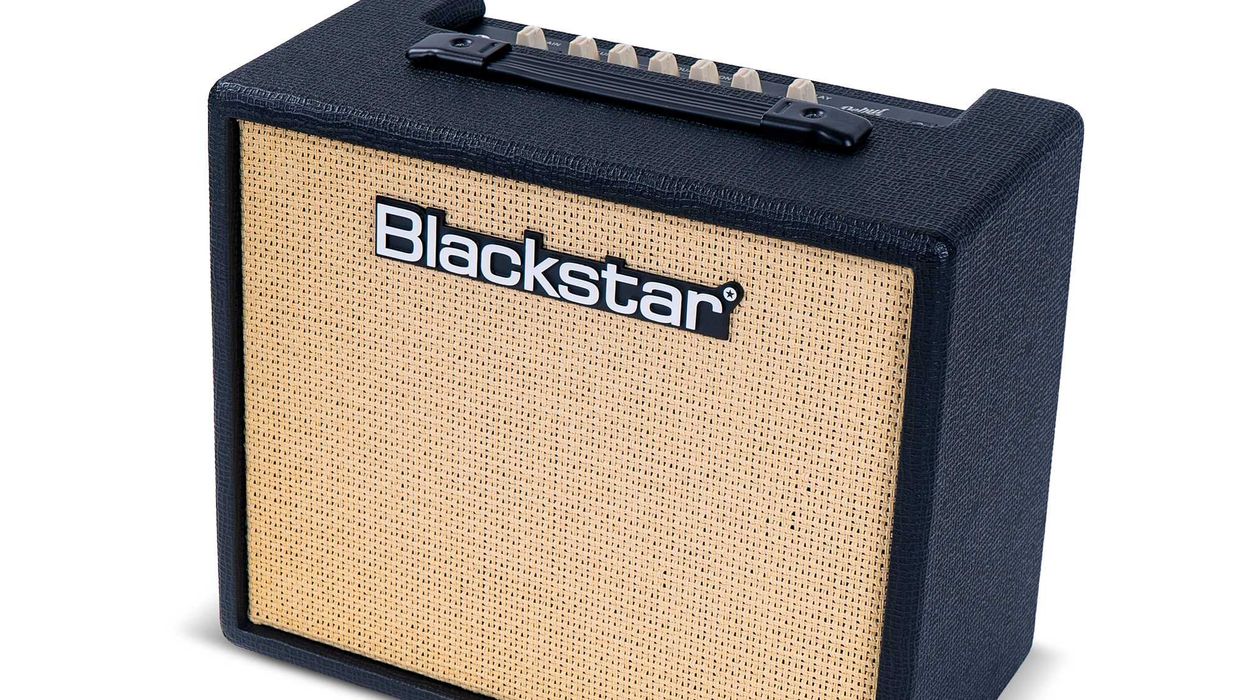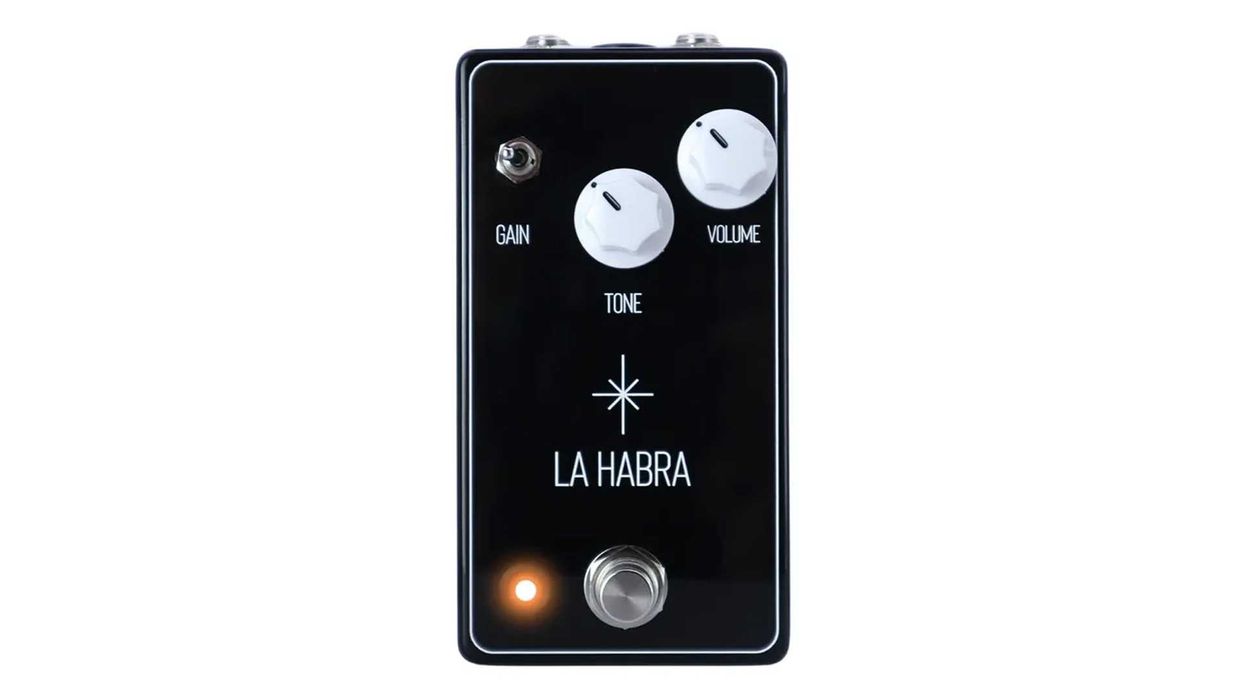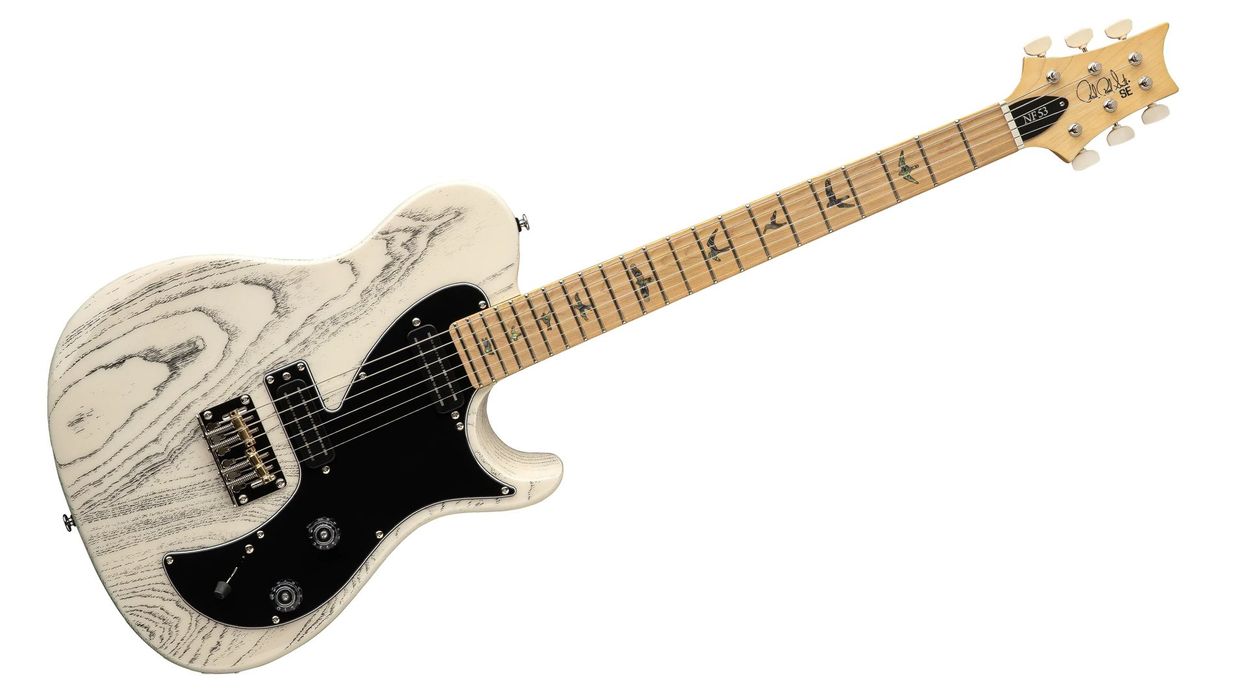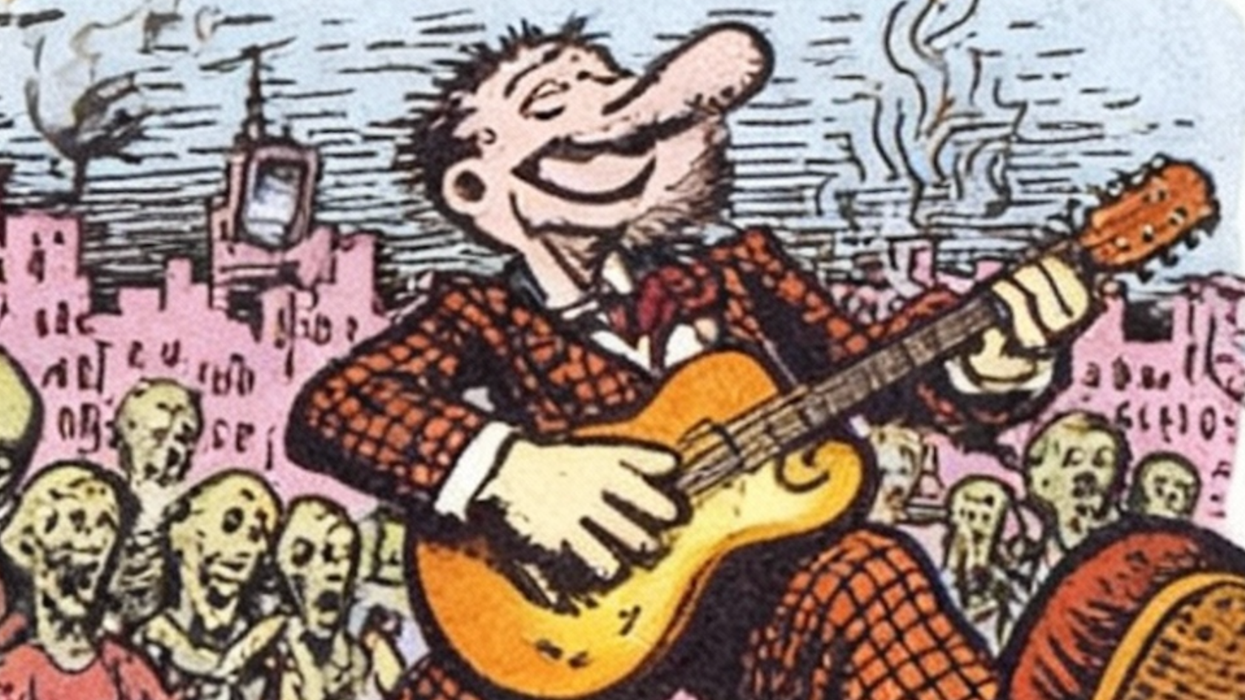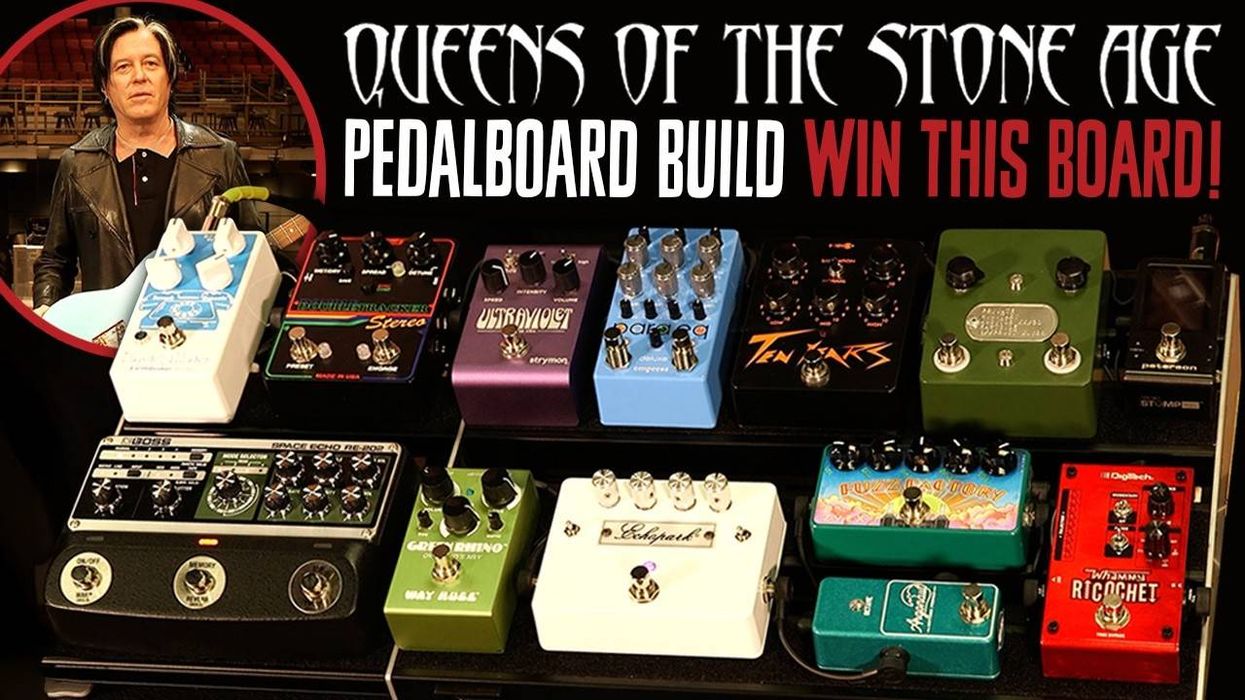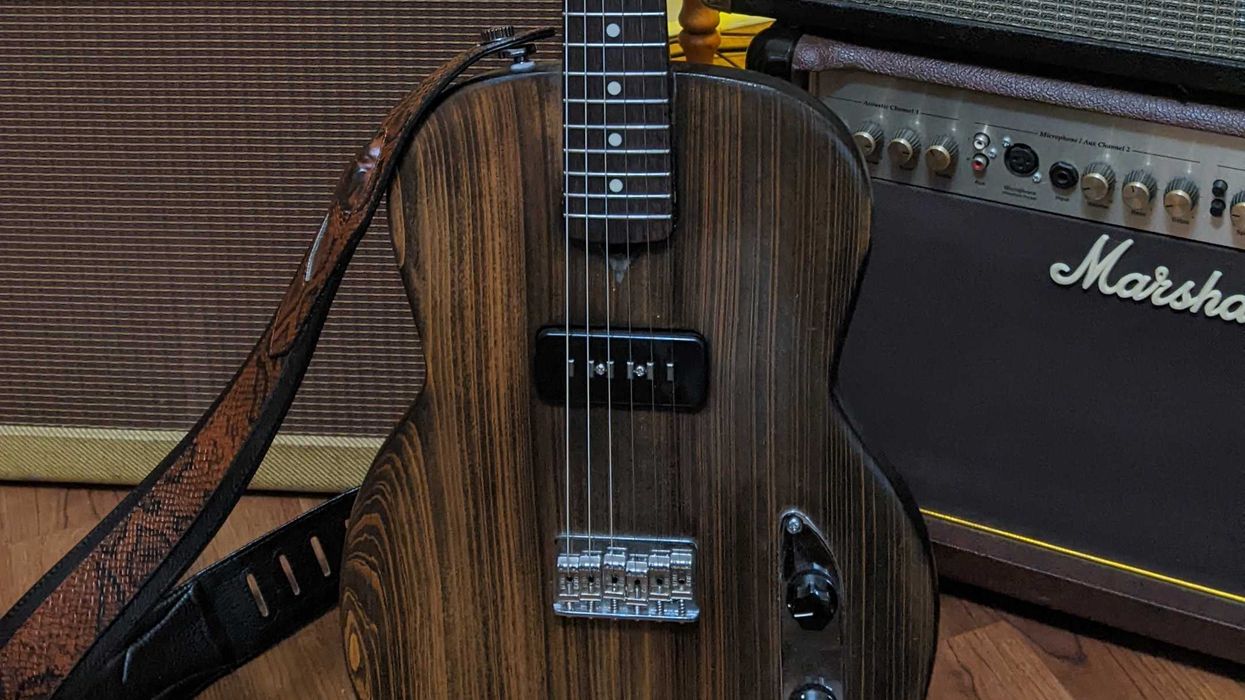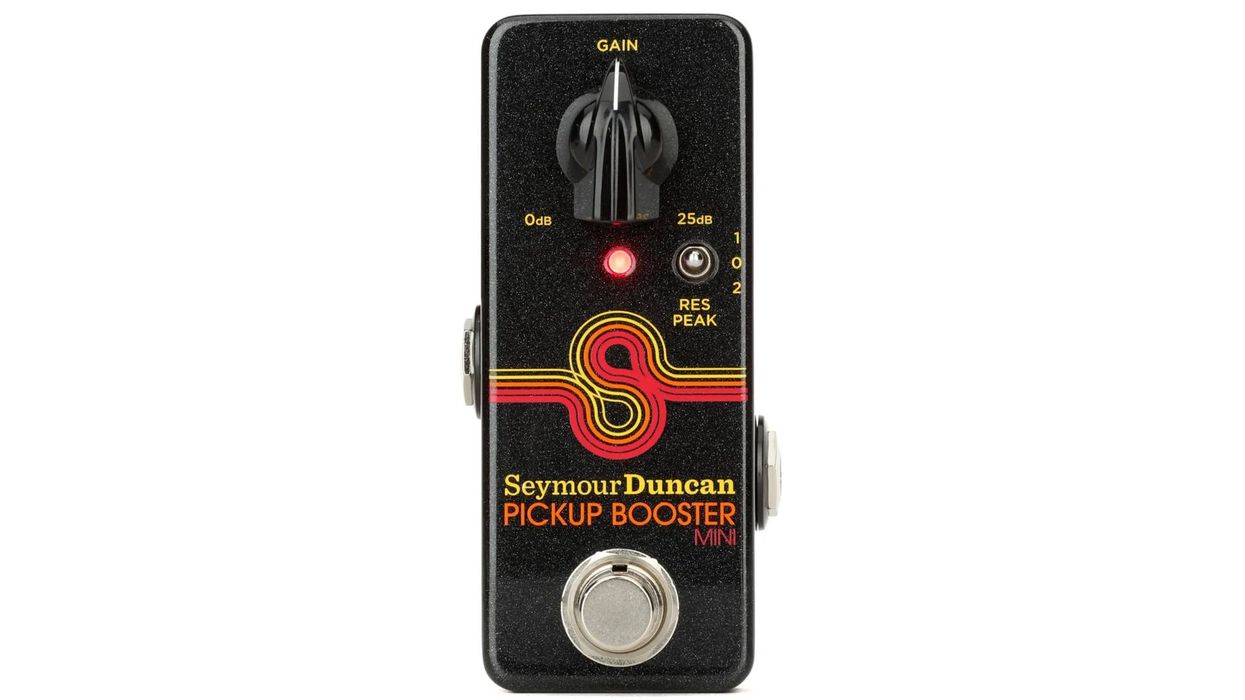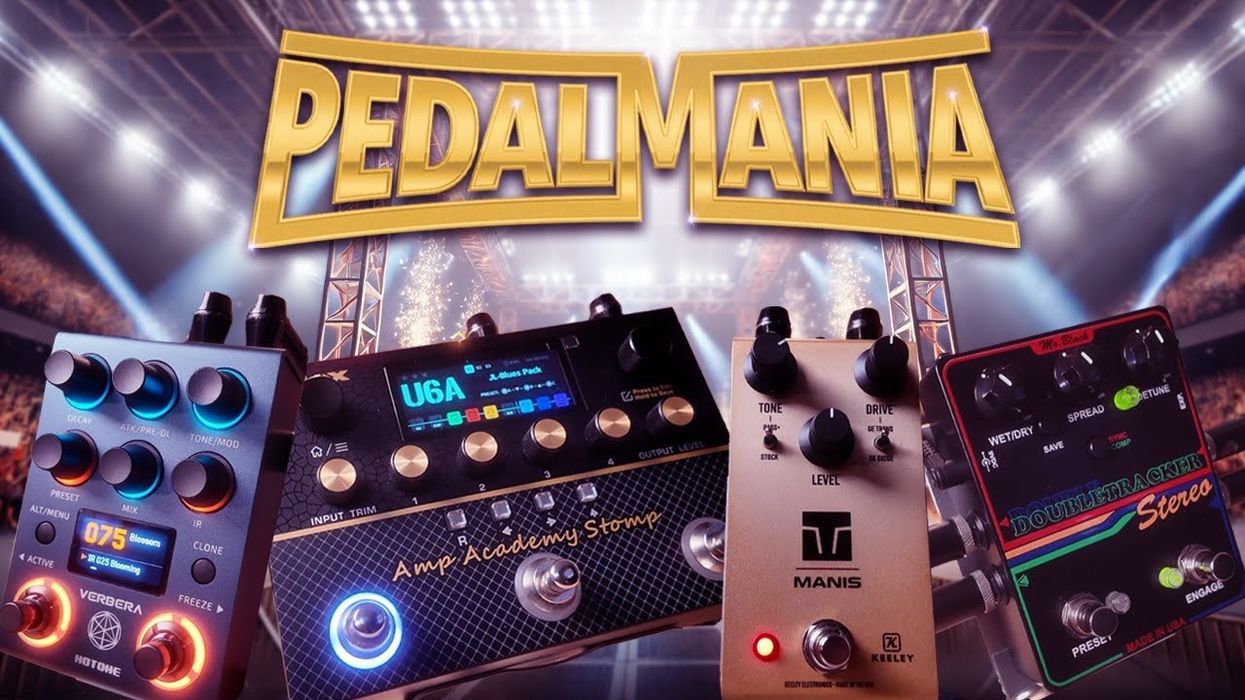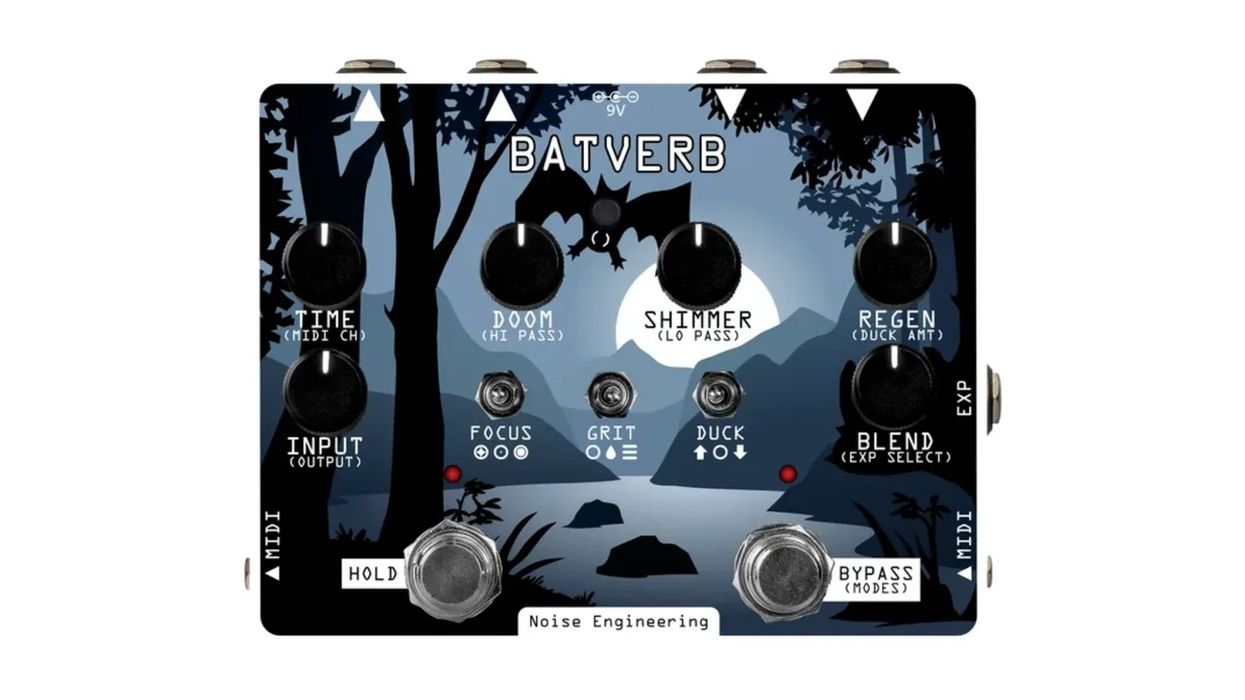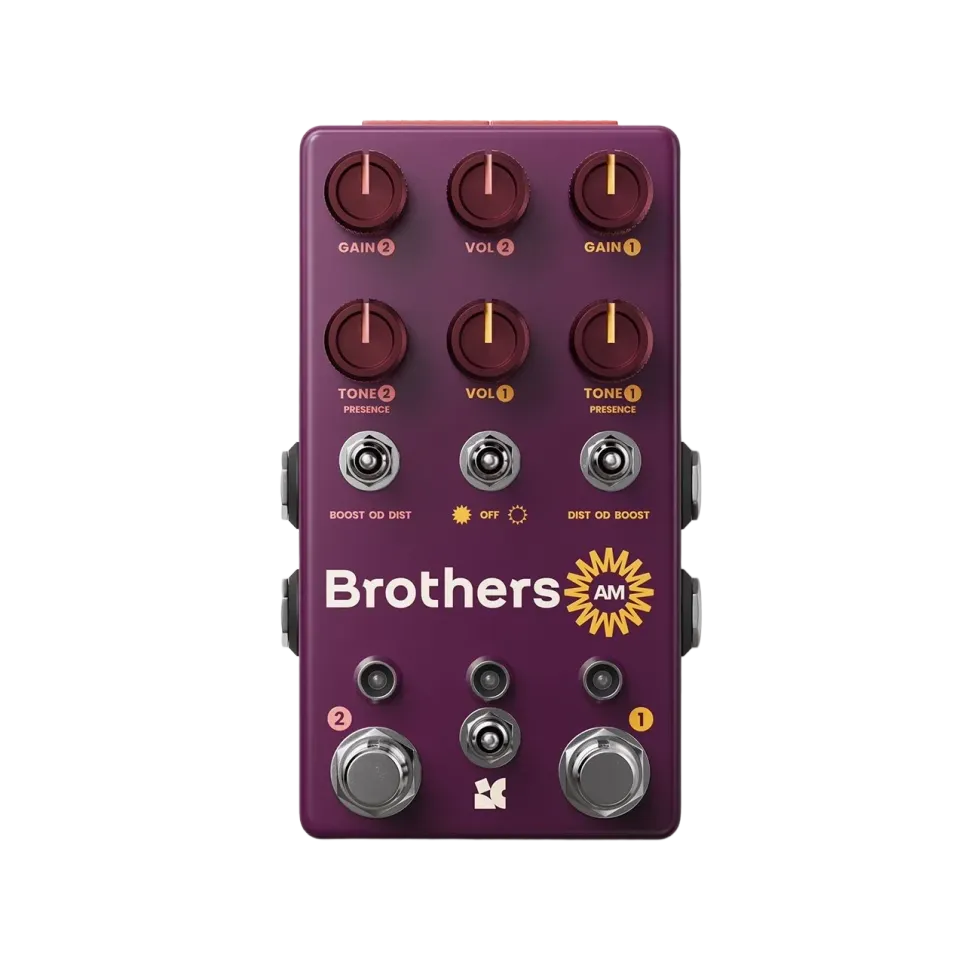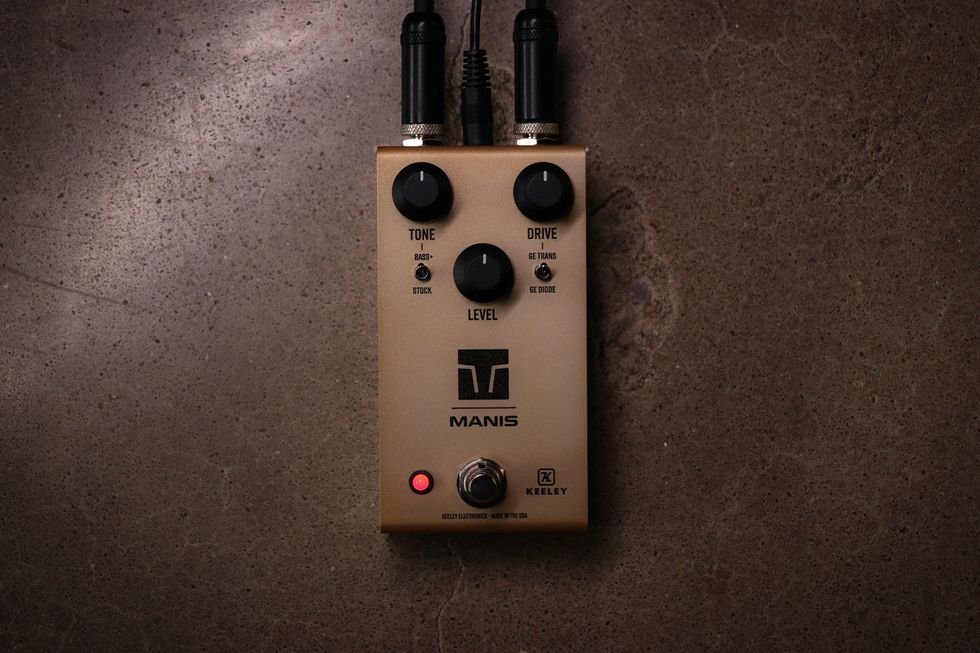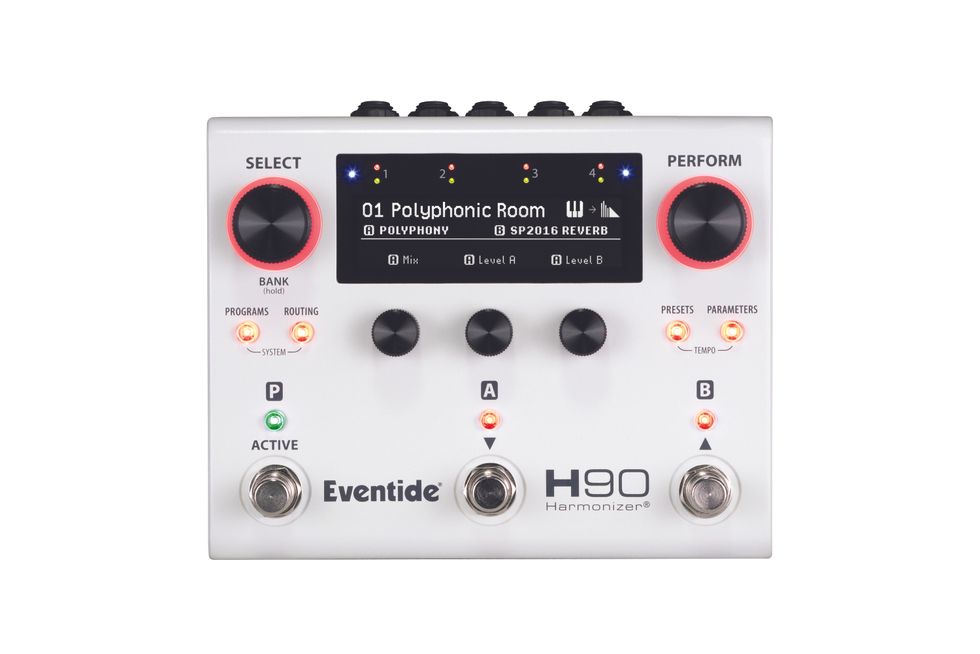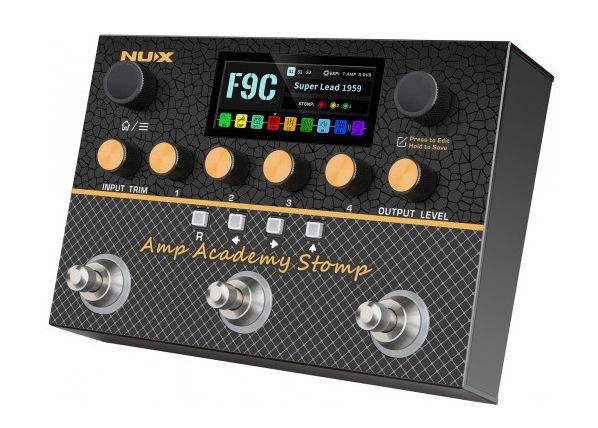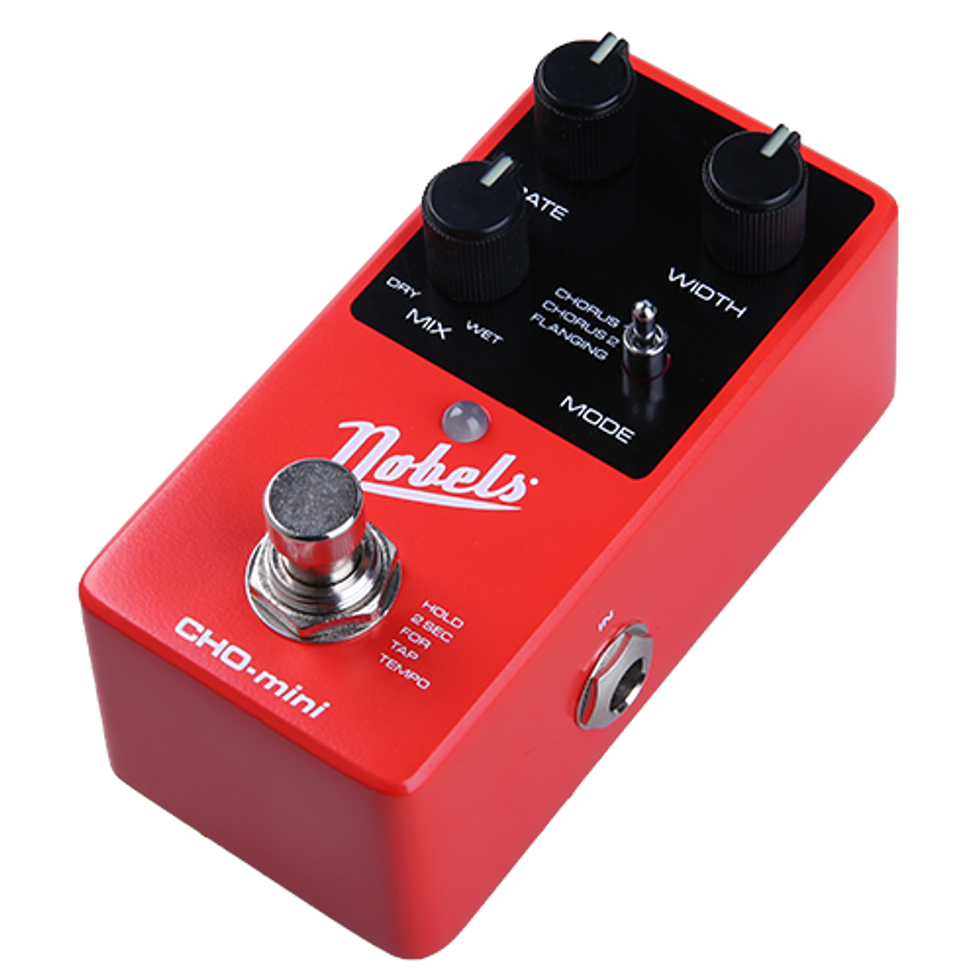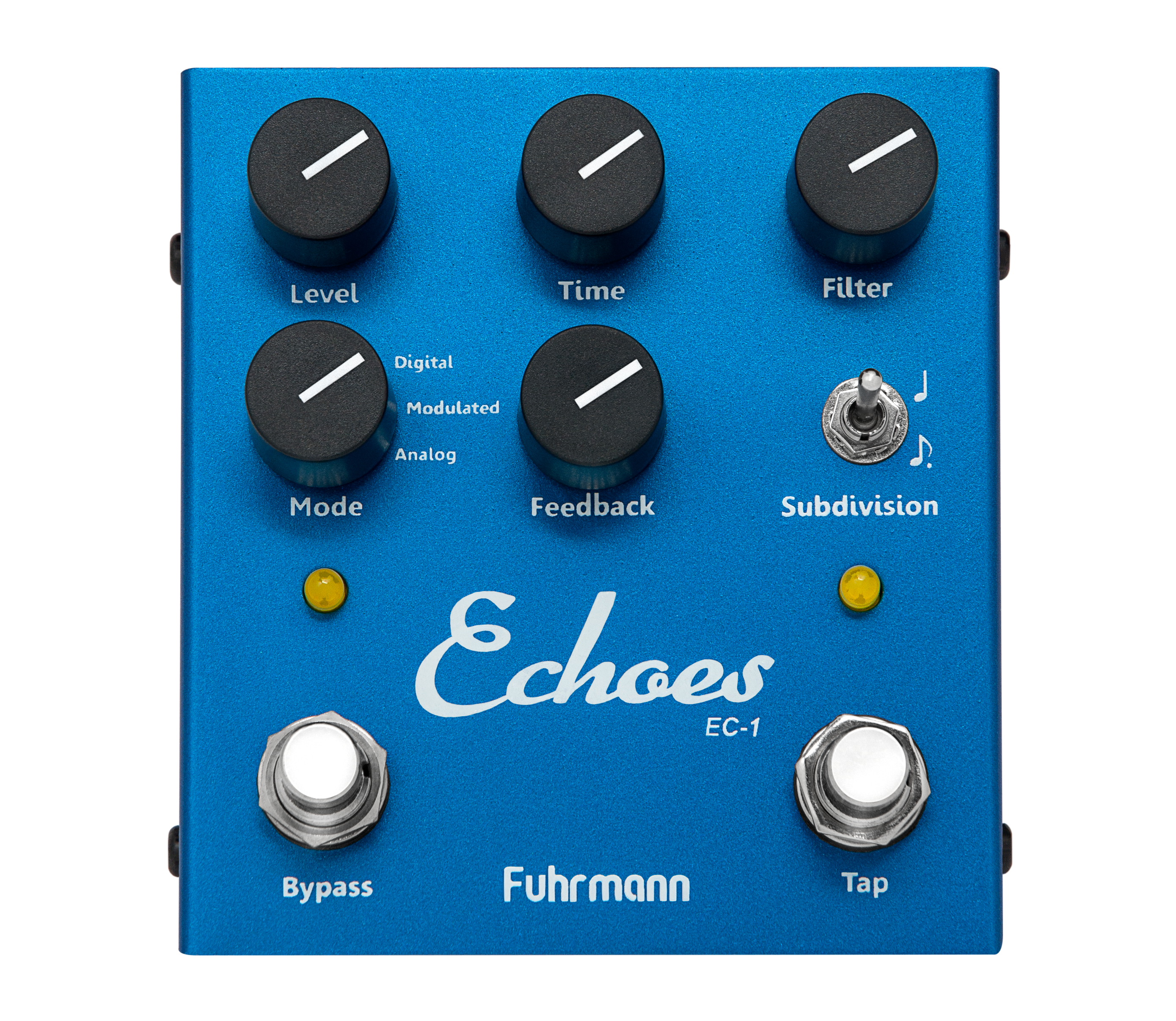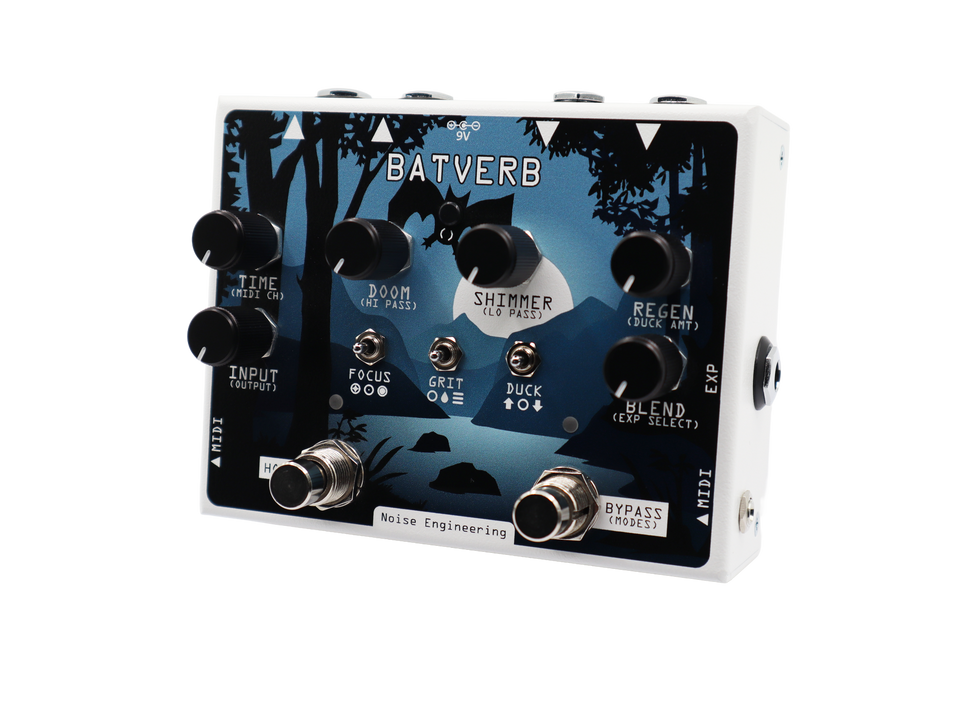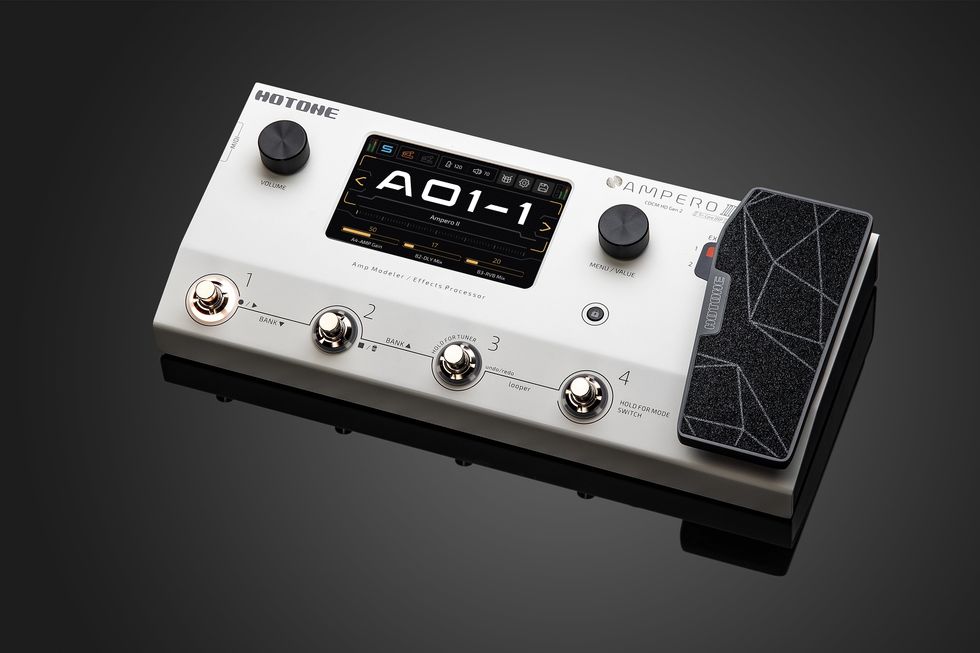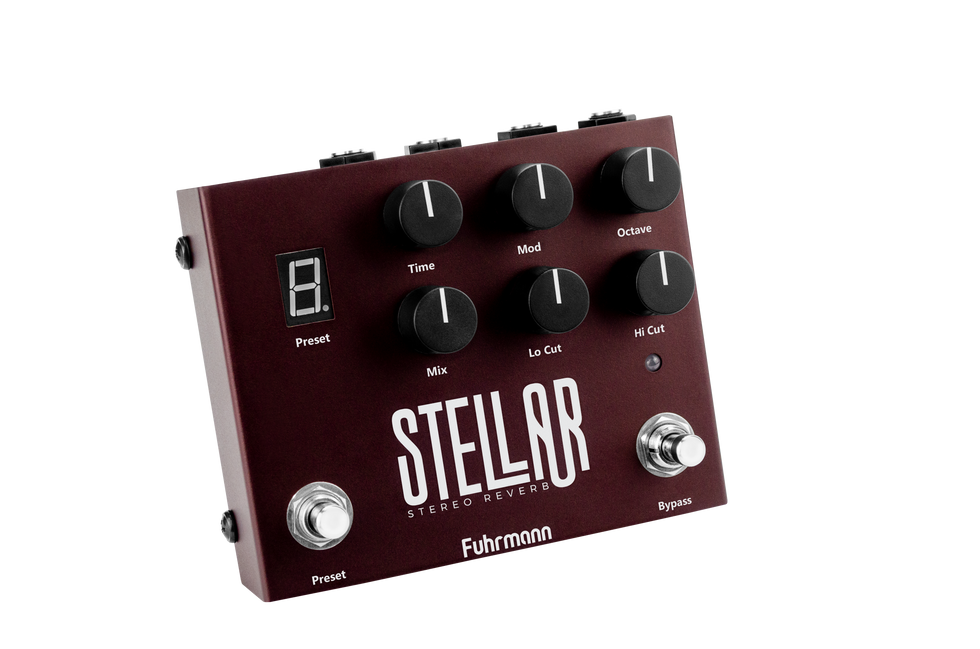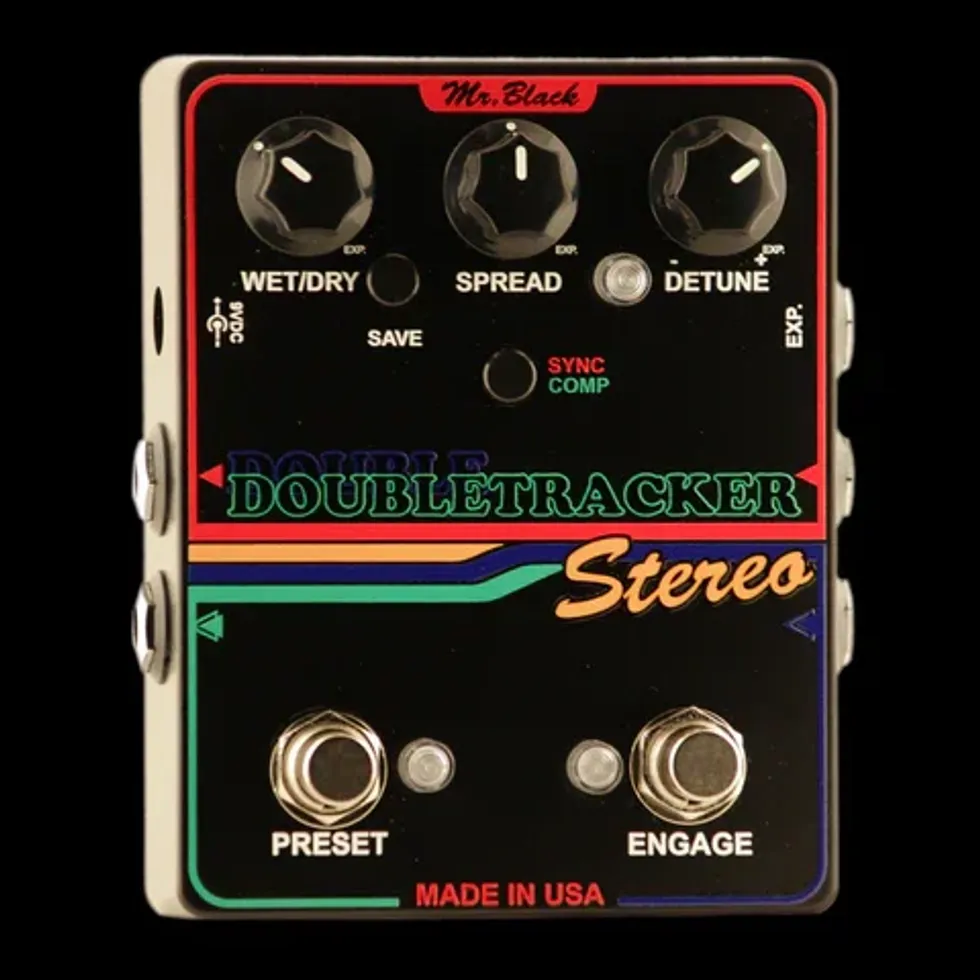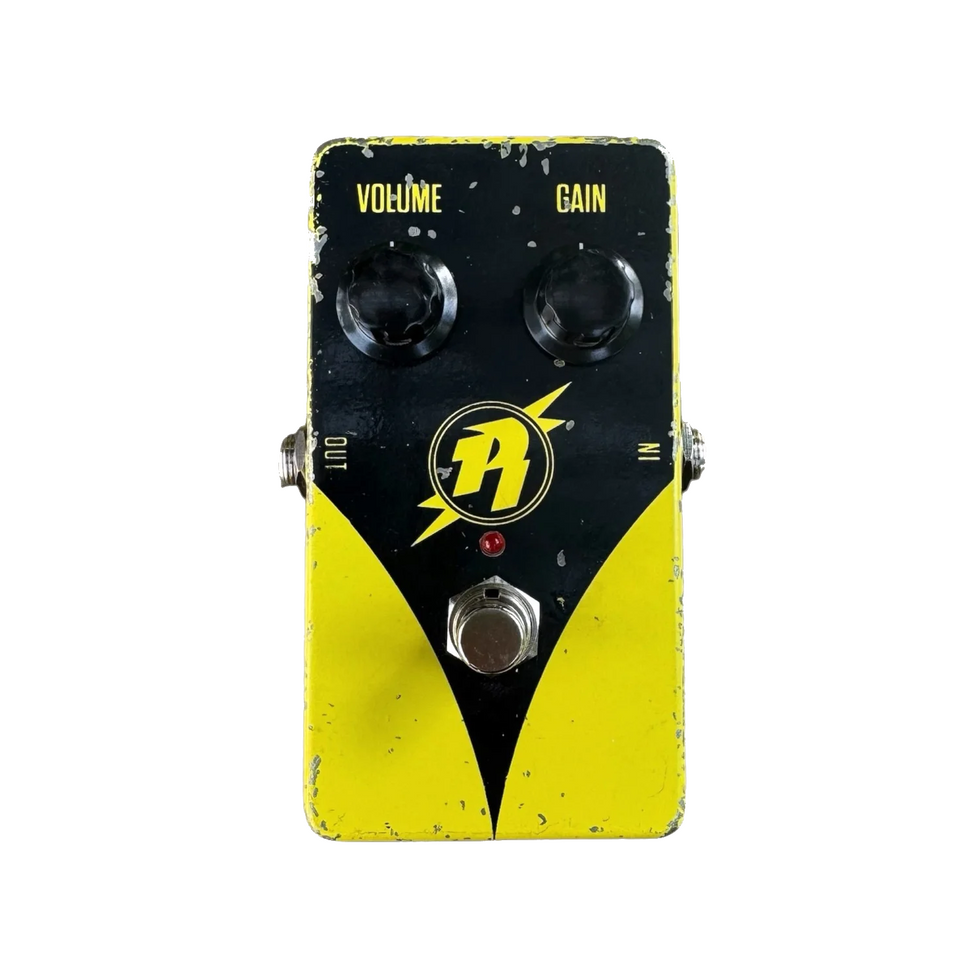While some tube-amp makers buck the proliferation of pedal-dominated rigs, others thrive by taking an “if you can’t beat ’em, join ’em” approach to the pedal platform concept. Supro’s new Model 1932R Royale isn’t the first Supro designed with pedal-centric players in mind. But the high-headroom 50-watt 1x12 combo is a natural for the role. Given this predisposition, the Royale is promoted as Supro’s “first loud, clean amp.” And if your expectations of Supro are still informed by the grungy, midrange-saturated Supros of the 1960s—and the reissues inspired by them—the Royale may surprise.
On the Panel
The Royale’s relatively compact 19"x 20"x 9.5" poplar-ply cabinet is very reminiscent of a vintage Supro Thunderbolt, with a recessed panel for the controls and an upper-rear-mounted chassis. The early ’60s-era textured black-and-white-flecked vinyl, white piping, and contrasting off-white hemp grille cloth dress the amp up with vintage authenticity. A pair of 5881 output tubes (sibling to the 6L6) with three 12AX7s, one 12AT7, and one 12DW7 in the preamp and reverb stages drive a single 75-watt, Eminence-built ceramic BD12 speaker. The amp weighs 49 pounds, which is not bad given the power and features.
Class A mode still works great with drive pedals, but is appealing all by itself.
The Royale’s control complement includes volume, master volume, boost, treble, mid, bass, and level and dwell for the reverb. There are also switches to activate the boost, effects loop, and reverb. The standby switch is a 3-way toggle that enables either the full-power 50-watt mode in class AB (fixed/grid biased) or 35 watts in class A (cathode biased).
The Royale is well-designed and robustly built, though there are some quirks. The tube sockets are located on the front of the chassis closest to the grill, so tube changes will be tricky without removing the entire chassis—unless you have very narrow double-jointed wrists and X-ray vision. Then again, you’ll likely want to pull the chassis to re-bias the class A/B mode after any output-tube changes.
Max Headroom
The Royale is certainly the versatile, pedal-friendly gigging combo that Supro intends it to be. But it also has a lot more personality than those qualifications might imply. The 50-watt class A/B mode, it must be said, is overtly Fender-like. And, with a bold output stage fed by a clear and slightly scooped front end, it feels a lot like half a Twin Reverb. Overall, the voice is bold and punchy. And you shouldn’t have much trouble going up against a drummer un-miked. Pedals, needless to say, are easy to match to the amp in this mode. An Ibanez TS9, Wampler Tumnus+, and JHS Angry Charlie all sounded great, and it’s hard not be enticed by how different gain flavors come through loud and distinctly.
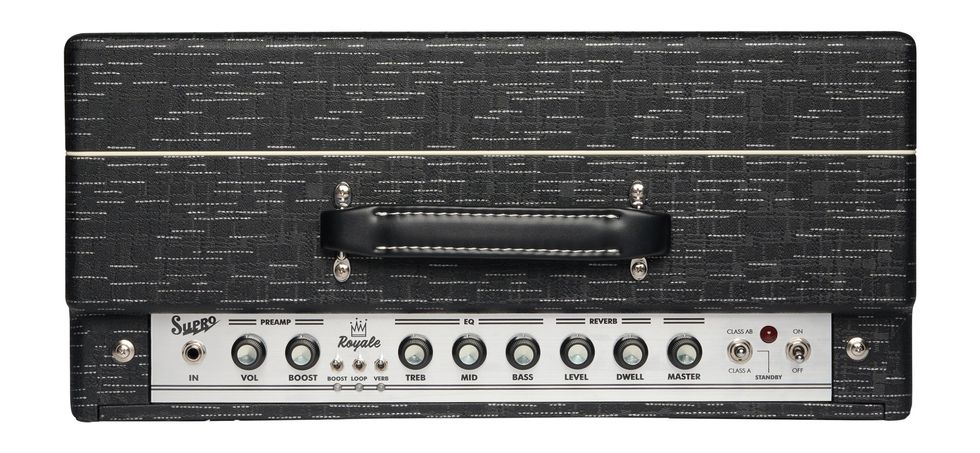
Switching to the 35-watt class A mode doesn’t dramatically drop the Royale’s volume, but it does make the voice and character more Supro-like—with softer attack, thicker mids, and a little more sizzle. Class A mode still works great with drive pedals but is very appealing all by itself. I enjoyed it at the edge of breakup, particularly when using a Les Paul and heavy picking attack, which generates a cool, toothsome crunch. Maxing the volume at low master volume levels is fun for gnarly lead freakouts.
The onboard boost works great in both modes. Though I’d argue it’s a little more delectable and juicier in class A. The adjustable boost gain is a huge plus here, making it highly flexible where some pre-set boosts are a waste of space. The reverb may not be quite Twin Reverb-lush, but it adds depth and atmosphere, and the dwell control extends its range from subtle to splashy, spacey and psychedelic. The buffered effects loop, meanwhile, routed my signal through three outboard delay and modulation pedals without any tone loss. But it also sweetens the amp’s overall sound when there’s nothing in the loop. So, while the ability to switch it on and off is handy, I’d just as likely leave it on.
The Verdict
The Supro 1932R Royale is compact, portable, bold, powerful, and perfect for pedals. It’s not strictly a clean machine, though. And it has loads of personality independent of pedals thanks to its class A mode, an effective master volume, and great-sounding boost. Add a fine spring reverb and effects loop, and the Royale sums up to a lot of amp for the money—especially considering how comfortably it will nestle in your passenger seat.
